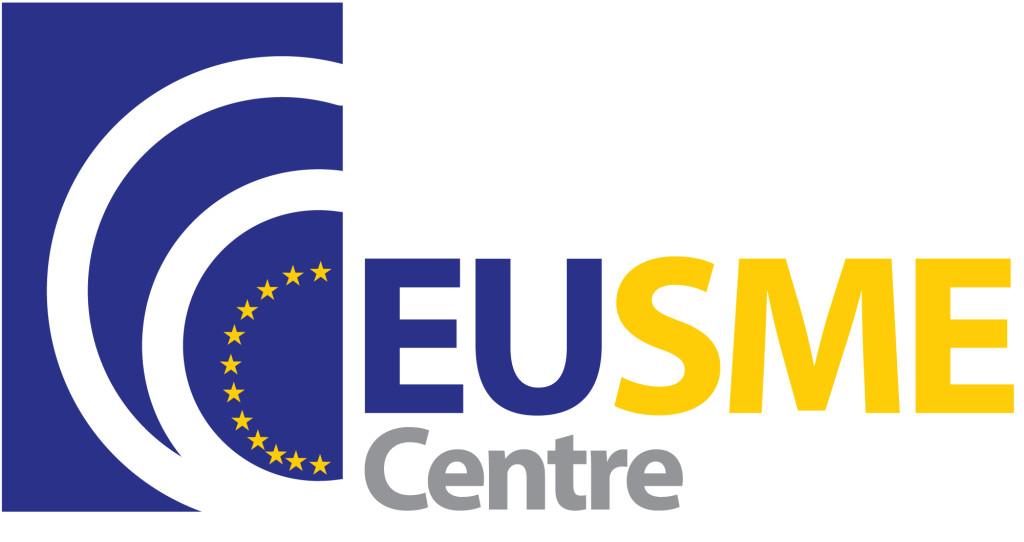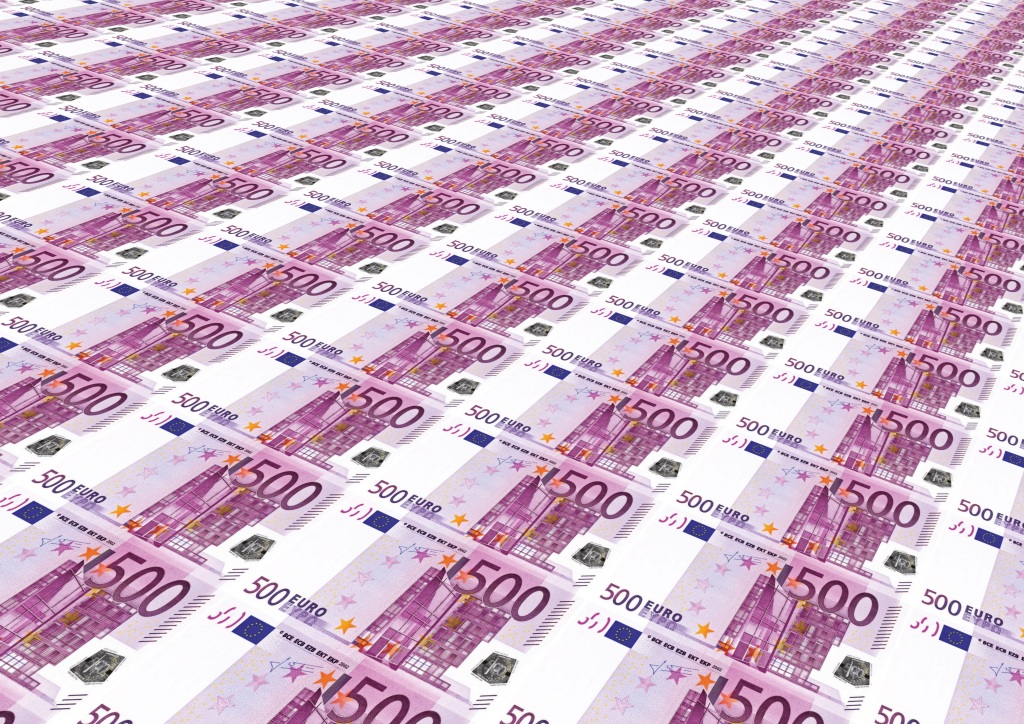A perennial challenge for SMEs is access to financing, a problem that is particularly prevalent in China according to European companies operating here. A 2013 survey conducted by the EU SME Centre found that 66 per cent of SMEs considered access to finance as their biggest challenge to doing business in China. The issue was further highlighted in the European Chamber’s Business Confidence Survey 2014: on the question of who holds the greatest competitive advantage in gaining access to financing, 77 per cent of respondents selected state-owned enterprises; 11 per cent selected privately-owned enterprises; and just three per cent selected European companies.[1] Below, the EU SME Centre introduce the European Commission’s new programme for helping SMEs, and explain some of the funding options that are available.
COSME
The European Union’s (EU’s) small businesses have been increasingly optimistic about their growth prospects but many were still concerned about the lack of access to finance, according to a survey published in November 2014 by the European Central Bank.[2]
In the period April – September 2014, SMEs’ demands for financing were not always fulfilled and more than a third did not manage to get the full bank loan financing they needed. They also reported experiencing tightening in collateral and other requirements.
To help SMEs in this respect, the European Commission launched a new programme Competitiveness of Enterprises and SMEs (COSME) programme in 2014, aimed at promoting entrepreneurship and improving the business environment, including access to finance, for SMEs.
Big budget
The COSME programme runs from 2014 until 2020 with a budget of EUR 2.3 billion and will support SMEs in four areas:
- Facilitating access to finance
- Supporting internationalisation and access to markets
- Creating an environment favourable to competitiveness
- Encouraging an entrepreneurial culture
It is expected that COSME will support 220,000 to 330,000 SMEs in obtaining financing for a total value of between EUR 14 and EUR 21 billion by 2020.
The programme introduced two financial instruments to help SMEs gain access to finance – the Loan Guarantee Facility and the Equity Facility for Growth.
Bank loans and guarantees
A number of financial intermediaries, such as guarantee organisations banks and leasing companies that receive budget from COSME are more likely to expand the range of SMEs that they can finance.
The COSME budget funds guarantees and counter-guarantees for financial intermediaries to help them provide more loans (up to EUR 150,000) and lease finance to SMEs. This will facilitate access to debt finance for many SMEs who might otherwise not be able to raise the funding they need.
Venture capital
There is also an increasing chance to take your early business to the next level with support from COSME. Another part of the programme is to invest in funds that provide venture capital and mezzanine finance to expansion and growth-stage SMEs, in particular those operating across borders.
The fund managers will operate on a commercial basis, to ensure that investments are focused on SMEs with the greatest growth potential. Local financial institutions will evaluate applications and make final decisions. The exact financing conditions—the amount, duration, interest rates and fees—also depends on the individual financial institution.
More information on COSME can be found on the European Commission’s website.[3]
Obtaining financing in China
There are many financing institutions outside of China’s banking system that offer funding solutions to SMEs, including financial leasing companies, credit guarantee companies, and micro loan companies. Although the financing cost of these solutions is likely to be potentially much higher, they do at least provide alternative channels to fill the funding gap.
The Chinese venture capital and private equity market is relatively challenging for foreign SMEs, as local investors tend to prefer pre-IPO cases with fast growth prospects. The disadvantage for SMEs here is that they usually do not have the required market position, contact networks and market knowledge to expand fast enough. However, in some industries such as clean technology, energy, biotechnology and pharmaceuticals/medical equipment, where the Chinese Government encourages technology transfer, opportunities are much more prevalent, and the investment scope can span into pre-revenue cases.
For European SMEs engaged in trading, some major Chinese e-commerce platforms, such as Alibaba and JD.com, have started to offer micro-loans to their existing merchandisers to help them to finance their operation needs. Typical loan size ranges from RMB 1,000 to 10 million.
Bank loans
In China, international and domestic banks are still the primary external source of funding for European SMEs. But how can SMEs obtain bank loans in China, if they do not have fixed assets in China to pledge as collateral?
First of all, we recommend that you use a licensed credit guarantee company (CGC). In China, CGCs were created to help SMEs get access to bank loans. A CGC will charge prospective borrowers a fee and, in exchange, serve as a guarantor to the bank, pledging to pay for any losses in the event of a default. In effect, the CGC sells insurance, also known as a credit default swap (CDS) to the bank for a risky loan, with the borrower forking over the premium. Talk to a credit officer from the main banks in China for references of credible CGCs that they do business with.
Being able to demonstrate that your company has fully integrated into local culture, has maintained good business relationships with well-known local companies, and employed dedicated personnel overseeing financing also boosts your chances of securing loans from the Chinese banks.
Moreover, if you would like to apply for a loan from international banks operating in China, it is worth trying to leverage on the existing banking relationship in your home country to push the bank’s overseas branch in China to open credit lines for you. With support from the ‘mother bank’, you are likely to have an easier ride with the branch in China.

For more information on funding, contact an expert at the EU SME Centre –www.eusmecentre.org.cn/expert
[1] Business Confidence Survey 2014, European Chamber of Commerce in China, p.19, <http://www.europeanchamber.com.cn/en/publications-archive/256/Business_Confidence_Survey_2014> (N.B. 9% responded N/A)
[2] https://www.ecb.europa.eu/press/pr/date/2014/html/pr141112.en.html
[3] http://ec.europa.eu/enterprise/initiatives/cosme/index_en.htm



Recent Comments